Search
Summary 
Loading AI-generated summary based on World History Encyclopedia articles ...
Search Results
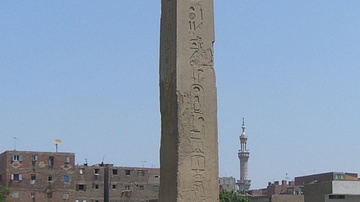
Image
Obelisk of Senusret I, Heliopolis
The only Egyptian obelisk still standing in its original position is that of Senusret I (c. 1971-1926 BCE) at the site of a former temple to the sun god at Heliopolis.
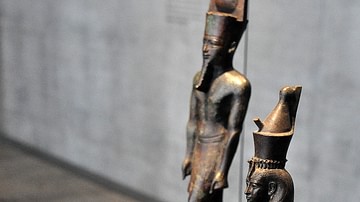
Article
Egyptian Gods - The Complete List
The gods and goddesses of Ancient Egypt were an integral part of the people's everyday lives for over 3,000 years. There were over 2,000 deities in the Egyptian pantheon, many whose names are well known - Isis, Osiris, Horus, Amun, Ra, Hathor...

Definition
Egyptian Obelisk
An obelisk is a stone rectangular pillar with a tapered top forming a pyramidion, set on a base, erected to commemorate an individual or event and honor the gods. The ancient Egyptians created the form at some point in the Early Dynastic...
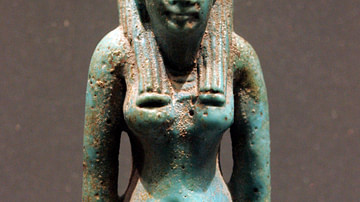
Definition
Nephthys
Nephthys was one of the original five gods of ancient Egypt born of the union of Geb (earth) and Nut (sky) after the creation of the world. She was the fourth born after Osiris, Isis, and Set and was the older sister of Horus (usually referred...

Definition
Baalbek
Baalbek is an ancient Phoenician city located in what is now modern-day Lebanon, north of Beirut, in the Beqaa Valley. Inhabited as early as 9000 BCE, Baalbek grew into an important pilgrimage site in the ancient world for the worship of...
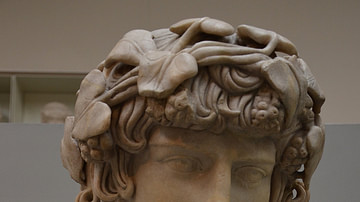
Definition
Antinous
Antinous (l. c. 110-130 CE) was a youth of Bithynia who became the beloved of the Roman emperor Hadrian (l. 76-138 CE, r. 117-138 CE) from around the age of 13 until his death at nearly 20. His year of birth is unknown as are any details...
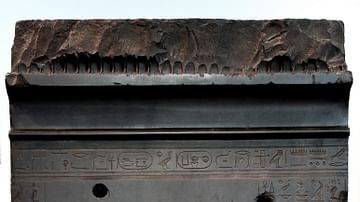
Image
Screen Slab of King Nectanebo I
This slab enclosed a sacred spot in the temple of Atum, a creator god, Heliopolis. King Nectanebo I is shown kneeling and making offerings. In this scene, he presents a loaf of bread. On the other side (now damaged), he appeared in the company...
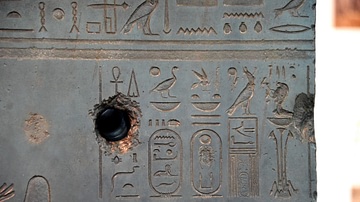
Image
Detail of the Screen Slab of King Nectanebo I
This detail shows the cobra goddess Wadjyt empowering king Nectanebo I, who is represented by his Horus name and cartouches. A pharaoh had five official names; this panel, shows the most important three. The Horus name identifies the king...

Article
Top 5 Archaeological Sites in Lebanon
Home to some of the Middle East’s most majestic ancient ruins, Lebanon has a rich and varied heritage with over 5,000 years of recorded history. Over the millennia, different conquering empires have left their footprints on the architecture...
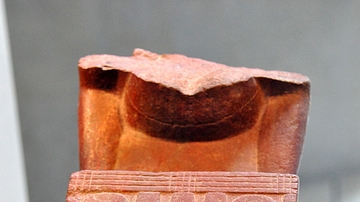
Image
Statue of the Military Official Luna
The lower half of this quartzite statue has survived. It depicts the high-ranking military official Luna, who is kneeling and holding an offering table. From Memphis, Heliopolis, modern-day Egypt. New Kingdom, 18th Dynasty, circa 1380 BCE...